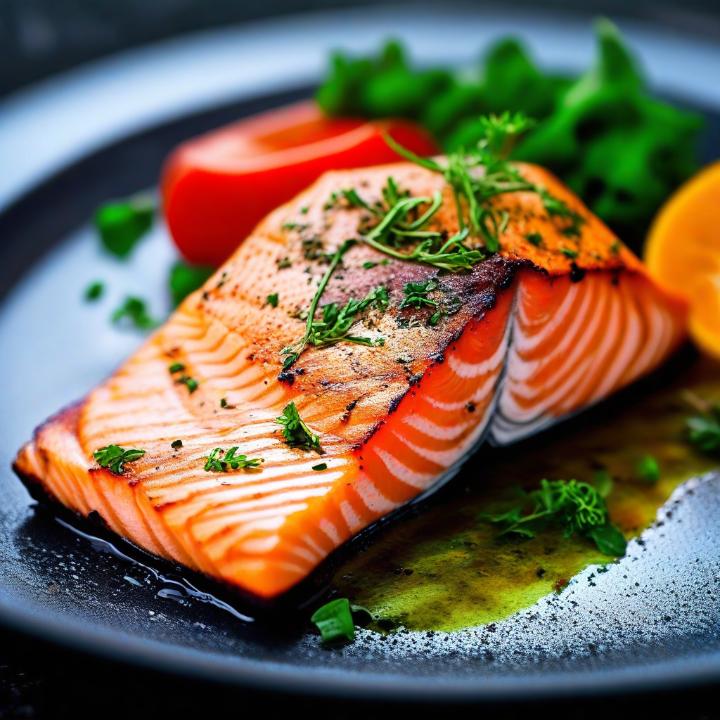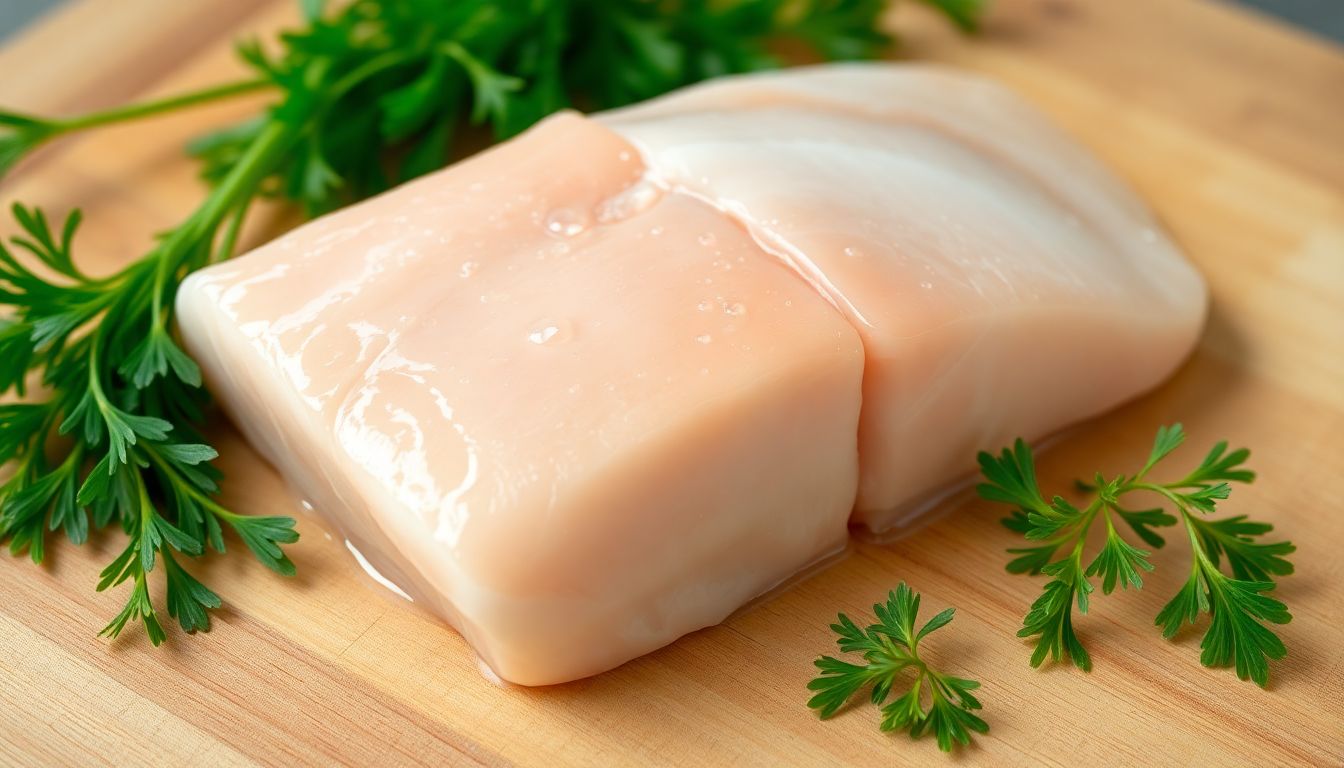Hey there, seafood lovers! If you’re like me, you probably adore a good salmon fillet – it’s versatile, delicious, and packed with nutrients. Whether you’re grilling it on a summer evening or baking it for a quick weeknight meal, understanding the calories in salmon fillet can help you make better dietary choices.
In this blog post, we’ll explore how different cooking methods can influence the calorie content of salmon fillet and shed some light on essential salmon fillet nutrition. Let’s dive in!
Understanding the Basics: What’s In a Salmon Fillet?
First off, let’s take a quick look at what makes a salmon fillet such a nutritional powerhouse. A typical serving of salmon fillet (about 3.5 ounces or 100 grams) contains around 206 calories, 22 grams of protein, and a healthy dose of omega-3 fatty acids, which are great for heart health. Moreover, it’s important to consider that the salmon fillet nutrition profile is impacted not just by the fish itself, but also by how you choose to cook it.

The Cooking Methods: Their Impact on Calories in Salmon Fillet
- Grilling: Grilling is one of the healthiest cooking methods for a salmon fillet. It allows excess fat to drip away and doesn’t require added oils. Depending on the seasoning or glaze you add, a grilled salmon fillet can retain its low-calorie count. On average, grilled salmon fillet calories hover around 200 calories per 35-ounce portion.
- Baking: Baking is another excellent method! You can use parchment paper or foil to seal in moisture without using much added fat. Season with herbs and spices for flavor without the need for excess calories. A baked salmon fillet usually contains similar calorie counts to grilled options, typically ranging from 200-210 calories.
- Pan-Seared: Pan-searing can add flavor and a lovely crust to your salmon fillet, but it typically requires oil, which raises the overall calorie count. When you pan-sear with a tablespoon of oil, you might be looking at around 250-300 calories per serving. While delicious, just be mindful of the added fats!
- Frying: Frying is where things can really get heavy in terms of calories. When salmon fillet is deep-fried, it absorbs a significant amount of oil, leading to a calorie count that can skyrocket to 400 calories or more. If you’re watching your calorie intake, this is one cooking method to approach with caution.
- Poaching: Poaching is a gentle cooking method that preserves moisture without adding any calories from oils or fats. This makes poached salmon fillet incredibly healthy! You can expect a poached fillet to maintain about the same calorie count as grilled or baked, around 200 calories.
The Bottom Line: Balancing Flavor and Nutrition
When it comes to enjoying salmon fillet, it’s essential to balance flavor and nutrition. Understanding the impact of different cooking methods on the calories in salmon fillet allows you to make informed choices. If you want to keep your meal low in calories, opt for grilling, baking, or poaching. If you’re treating yourself and craving that fried goodness, just be aware of the calorie content and portion accordingly. For more on ways to cook salmon, see here.
Also see our article 5 Tools to Buy when Cooking Fish: A Novice’s Ultimate Guide.
FAQs
Q: How many calories are in a 6-ounce salmon fillet?
A: A typical 6-ounce serving of salmon fillet contains approximately 360-420 calories, depending on the cooking method and any added ingredients.
Q: Is salmon fillet nutritious?
A: Absolutely! Salmon fillet is rich in high-quality protein, omega-3 fatty acids, and essential vitamins and minerals. The salmon fillet nutrition profile makes it a heart-healthy choice.
Q: Can I reduce calories in my salmon dish?
A: Yes! You can lower calories by choosing healthier cooking methods like grilling, baking, or poaching without heavy sauces or oils.
Q: What seasonings can I use that won’t add calories?
A: Fresh herbs like dill, rosemary, or parsley work wonders without adding calories. Lemon juice, garlic, and spices are also great options!
By being mindful of how you prepare your salmon, you can enjoy delicious meals that are both satisfying and nutritious. So next time you’re cooking this delicious fish, think about those calories in salmon fillet, and choose a method that works best for your diets!








